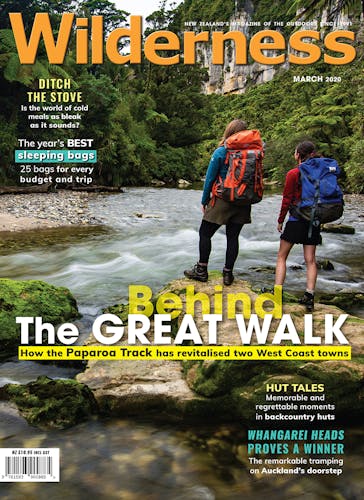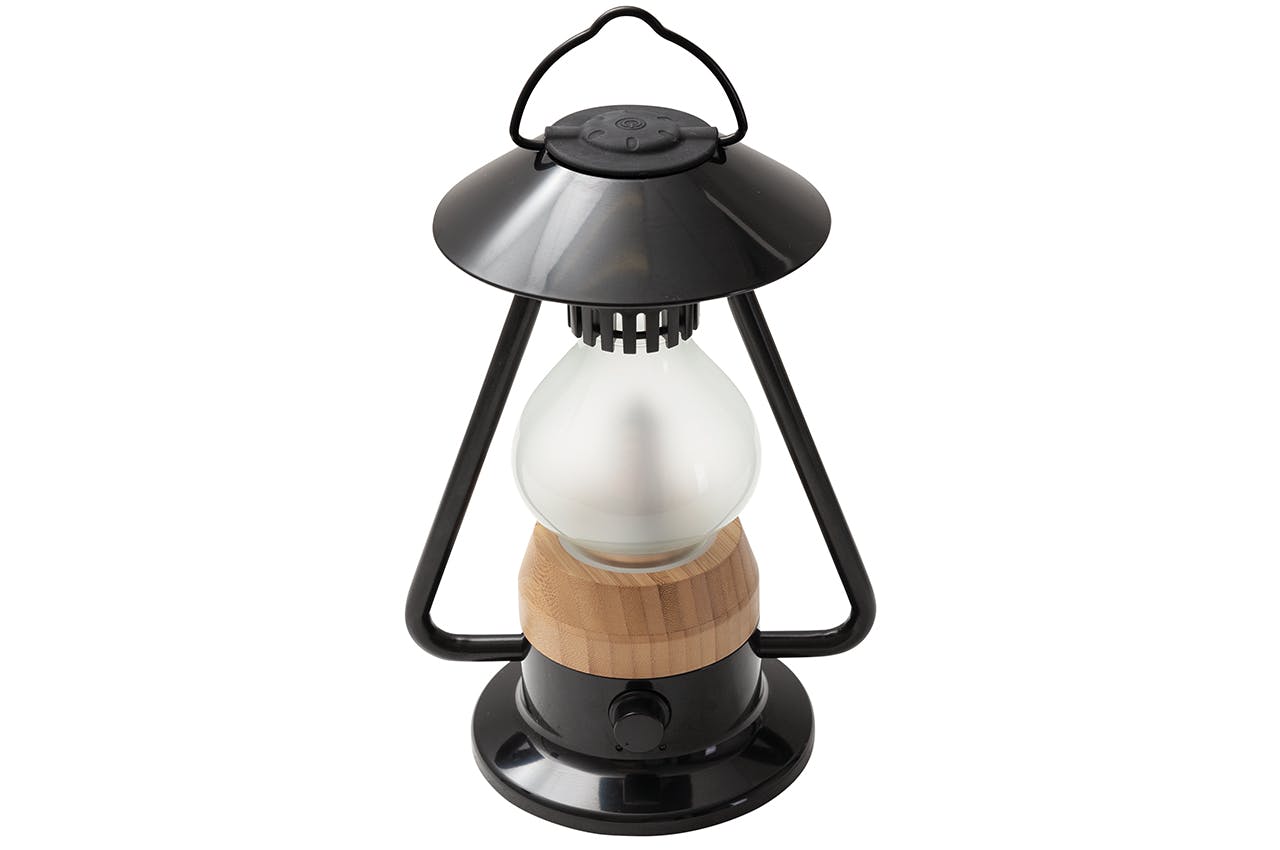Letter of the month
How ‘difficult’ is difficult?
I am 73 years young and still enjoy tramping. However, I have one regret and that is that my fear of exposure on tricky bits has increased considerably. Thus, a few years ago I had to turn back before the summit of Mt Owen, which a friend describes as a “nice walk” when my fear stopped me amongst the limestone crevasses.
We often use Sven Brabyn’s books to guide us and we have found that if he says a track is ‘hard’ or even ‘moderate hard’ I can no longer cope with what we will find.
Wilderness uses the word ‘difficult’ instead of ‘hard’ but I had assumed there would be some correlation with Brabyn’s ratings, but I’ve been completely staggered to find the St Arnaud Range Tarns rated as difficult! Brabyn gives the identical trip a rating of ‘Easy’ which I totally concur with. Access is up a gravelled tourist track to the Parachute Rocks and then a scramble up an easy track through tussock to the ridgeline. From there, we have wandered along the ridge, amongst the tarns, past Rainbow Ski Field, for two days without encountering anything too difficult at all – we just mostly followed the line of traps.
Getting down to the Travers River from the Arnst Basin (also described in Brabyn’s book as ‘moderate hard’) is somewhat difficult but still within my capabilities – we avoided the scree slopes and bush bashed down to the Travers River. Overall, a superb trip spending two nights camping by various tarns.
Just as a comparison, in the same issue, the various routes to Ivory Lake Hut are described as ‘difficult’ and everything I’ve ever read about it emphasises that. The comparison between the two trips as both being ‘difficult’ is ridiculous.
– River Howe, Riwaka
I guess grades are a bit like DOC walking times – they’re a guide only. However, we agree with River in this case – it appears we put the wrong grade on the St Arnaud Range trip. We have previously recorded it as Easy-moderate and we’ve update the online version of the story to reflect that.
– AH
River receives a Kiwi Camping 5 Elements Lantern with Power Bank worth $149 from www.kiwicamping.co.nz. Readers, send your letter to editor@lifestylepublishing.co.nz for a chance to win.
Conservation through our lifetimes
It was such a privilege to complete the Pureora Forest Timber Trail with two friends recently.
Congratulations to DOC on a magnificent achievement, and to all those people who historically fought so hard for this forest to be saved. What an incredible asset for future generations of New Zealanders.
I think New Zealand is well down the track of realising the meaning and importance of conservation. In future, conservation will drive our economy. Every decision – political, economic and social – will be driven by it. It will be factored into all of our day-to-day decisions at work, at home, and most importantly by the decision-makers of the day who determine our communities and the societies in which we live.
I recently took Willow, my eldest mokopuna (she is eight years old), to check a trapline in Kahurangi National Park. She loved it, and understood the importance of it, and wants to do it again. Let us all embrace kaitiakitanga – our conservation values – and make sure we implement them to the best of our ability as we journey through life.
– Rex Hunt, email
Bikers, ring your bell
Dual cycle and walking tracks are now a fact of life not only in the outdoors (‘Pioneering a new kind of trail’) but also in our towns and cities.
It is very unpleasant to be surprised by a biker, especially when they are travelling at great speed. However, I have seldom met with a biker who rings a bell to warn of their approach.
For walkers, it’s nearly impossible to be aware of a biker approaching from behind as even if you are often looking back the modest biker will soon catch up to you.
But if you hear a cycle bell, you can move to the left or stop at the side of the track to allow the biker to pass.
– Norman Willis and Cristina van Dam, email
Back on the track
My husband and I have been subscribers to Wilderness for just over a year. We have both been avid trampers since we were in our teens, stemming from time spent camping and tramping with scouts and guides.
In our early 20s, we completed several of the Great Walks but then had a large period overseas of very little tramping. Once we came back to New Zealand, the cycle of buying a house, new jobs, settling in and having children started and all the stress that entailed, so there were no multi-day tramps or hikes when our kids were little. I think we just put it in the too-hard basket, although we still managed a few day walks with them on our backs in child carriers.
Now they are older (8 and 10), in the past year or two we have started doing overnight walks and longer hikes, exploring, and realising both kids are just as fit as we are!
We have vowed on our anniversaries to get away for a Great Walk each year; the Humpridge was last year and the Kepler beckons this year.
Keep up the great articles
– Janine Devaney, email
Travers Saddle no Main Divide pass
I was surprised to see Pat Barrett describe Travers Saddle, between the Travers and Sabine Rivers in Nelson Lakes NP as a ‘Main Divide pass’ (‘Unrivalled in every aspect‘).
The Travers River flows into Lake Rotoiti, the Sabine into Lake Rotorua. Both of these drain into the Buller River – i.e. they are branches in the same catchment. The pass (not saddle) in this area is Rainbow Pass, about a kilometre south of Travers Saddle, with the Wairau catchment to the east draining into the Pacific, and the Nelson Lakes catchment to the west, draining into the Tasman. Clearly a ‘Main Divide pass’.
A Main Divide saddle is actually a physical impossibility.
I also wonder at calling Travers Saddle a ‘high alpine pass’. Alpine yes, but at 1787m, it’s barely above the scrub zone.
– A Williams, Napier







